Archives
- 2025-12
- 2025-11
- 2025-10
- 2025-09
- 2025-03
- 2025-02
- 2025-01
- 2024-12
- 2024-11
- 2024-10
- 2024-09
- 2024-08
- 2024-07
- 2024-06
- 2024-05
- 2024-04
- 2024-03
- 2024-02
- 2024-01
- 2023-12
- 2023-11
- 2023-10
- 2023-09
- 2023-08
- 2023-07
- 2023-06
- 2023-05
- 2023-04
- 2023-03
- 2023-02
- 2023-01
- 2022-12
- 2022-11
- 2022-10
- 2022-09
- 2022-08
- 2022-07
- 2022-06
- 2022-05
- 2022-04
- 2022-03
- 2022-02
- 2022-01
- 2021-12
- 2021-11
- 2021-10
- 2021-09
- 2021-08
- 2021-07
- 2021-06
- 2021-05
- 2021-04
- 2021-03
- 2021-02
- 2021-01
- 2020-12
- 2020-11
- 2020-10
- 2020-09
- 2020-08
- 2020-07
- 2020-06
- 2020-05
- 2020-04
- 2020-03
- 2020-02
- 2020-01
- 2019-12
- 2019-11
- 2019-10
- 2019-09
- 2019-08
- 2019-07
- 2019-06
- 2019-05
- 2019-04
- 2018-07
-
Despite the absence of disulfide bonds in
2024-07-17
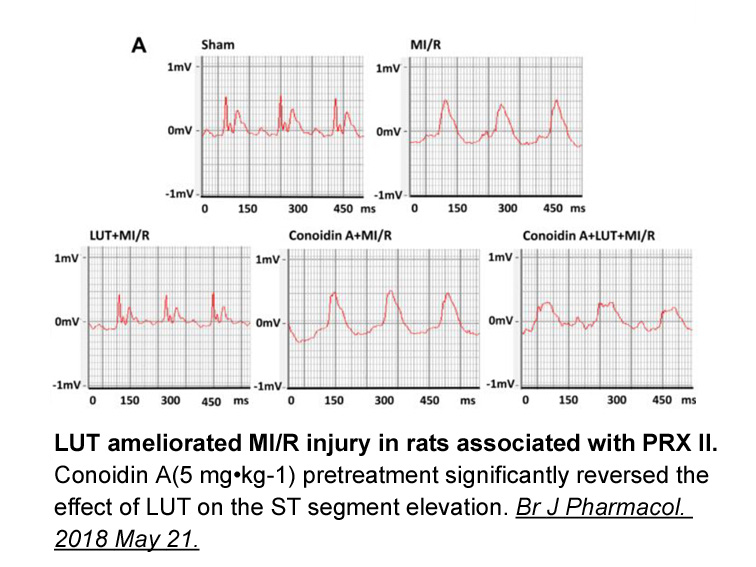
Despite the absence of disulfide bonds in its linear structure, KT43C displays antifungal and antibacterial activity. Disulfide bonds are determinants of defensins' integrity and have been reported to increase the antimicrobial activity (Jenssen et al., 2006). However, some linear derivatives of AMP
-
A key function of the reference AFST would be to
2024-07-17
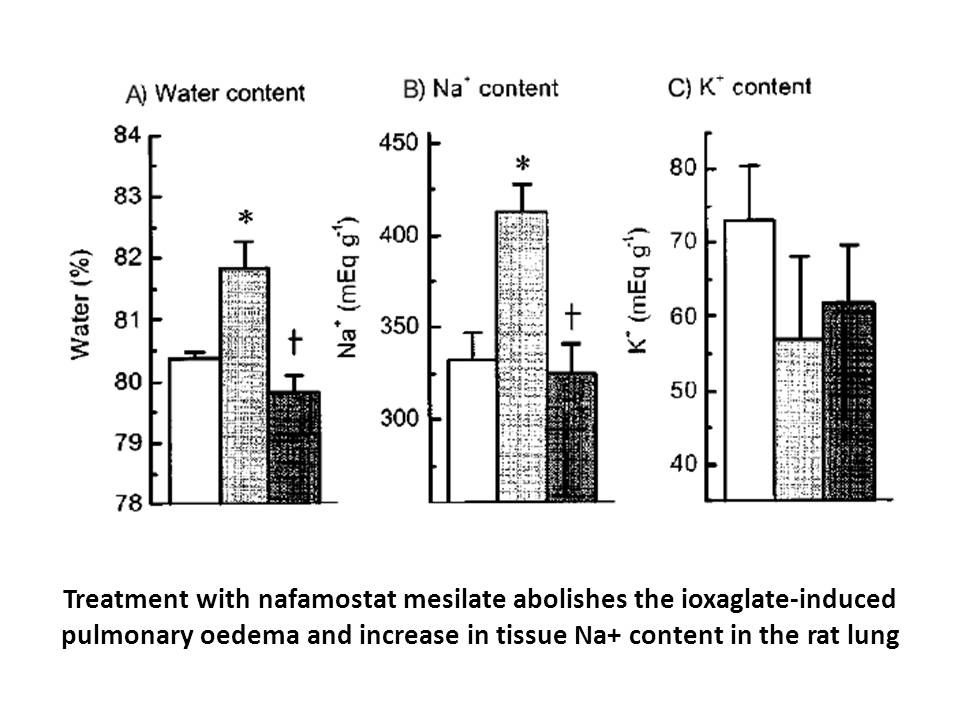
A key function of the reference AFST would be to detect fungal resistance, i.e. to determine which antifungal agents are likely to be clinically inactive [2]. To this end, the epidemiological cut-off value, defined as ‘the upper end of the wild-type (WT) or beginning of the non-wild-type (NWT) MIC d
-
The fluorescence in a fluorescent
2024-07-17
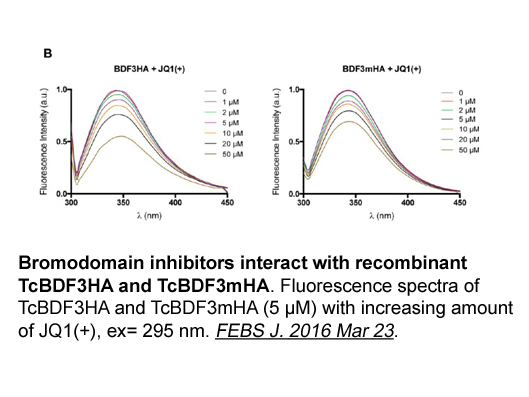
The fluorescence in a fluorescent antibiotic can be derived either from functional groups with intrinsic fluorescence in an existing antibiotic, or via synthetic conjugation of a fluorophore to an antibiotic core to enable visualisation. Attachment of fluorophore to an antibiotic should ideally not
-
G actin has a molecular weight
2024-07-16
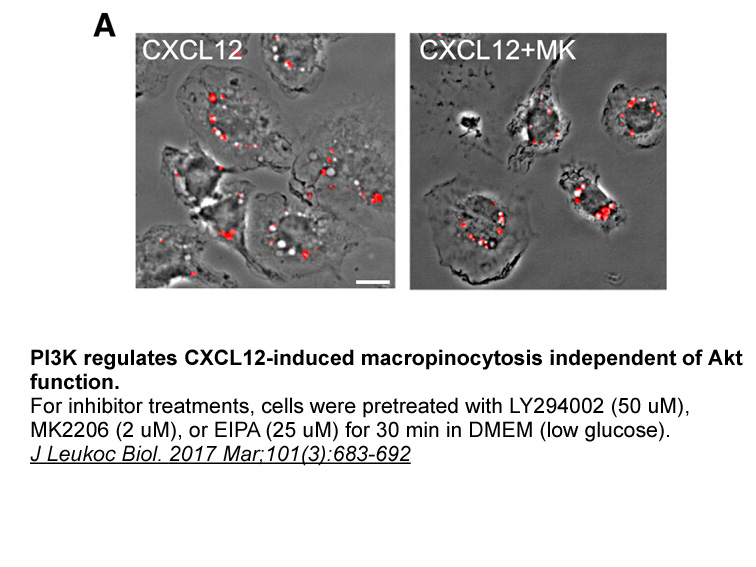
G-actin has a molecular weight of 42 kD and dimensions about 55 × 55 × 35 Å3. It consists of 375 amino acids arranged into two individual domains (Alberts et al., 2014). A central cleft bisects the protein into two aforementioned domains which surround a deep cleft containing ATP or ADP and a tightl
-
br STAR Methods br Author
2024-07-16
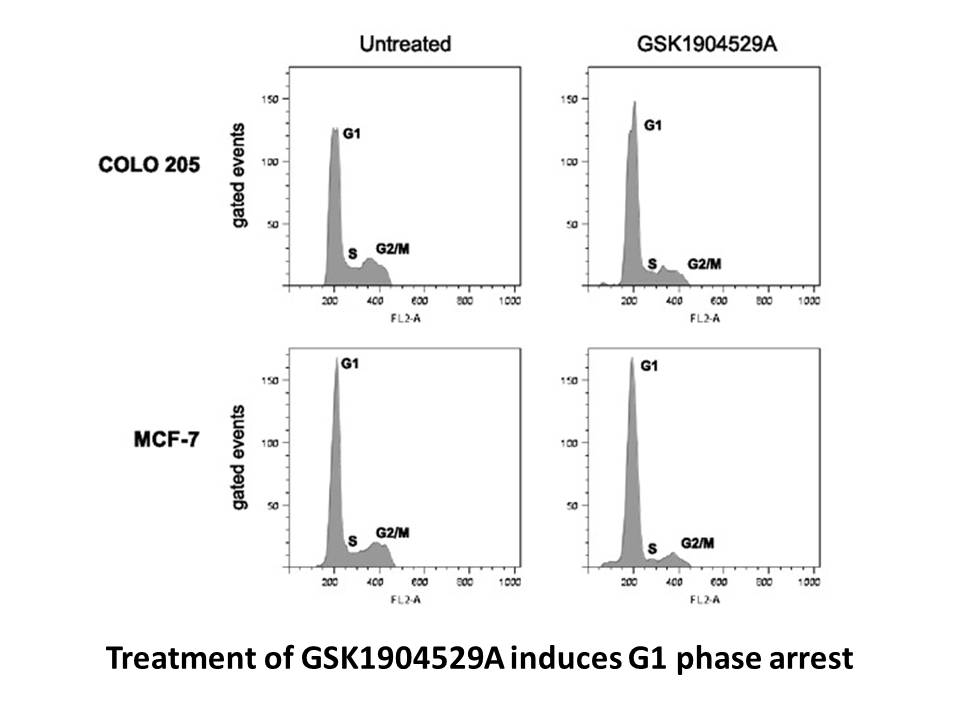
STAR★Methods Author Contributions Acknowledgments We thank Antony M. Dean for initial discussions and encouragement concerning ancestral sequence reconstruction. We also thank Natalie K. Goto for constructive criticism concerning the manuscript, Steven M. Sine for providing HET0016 receptor
-
For some fishstocks landed by
2024-07-16
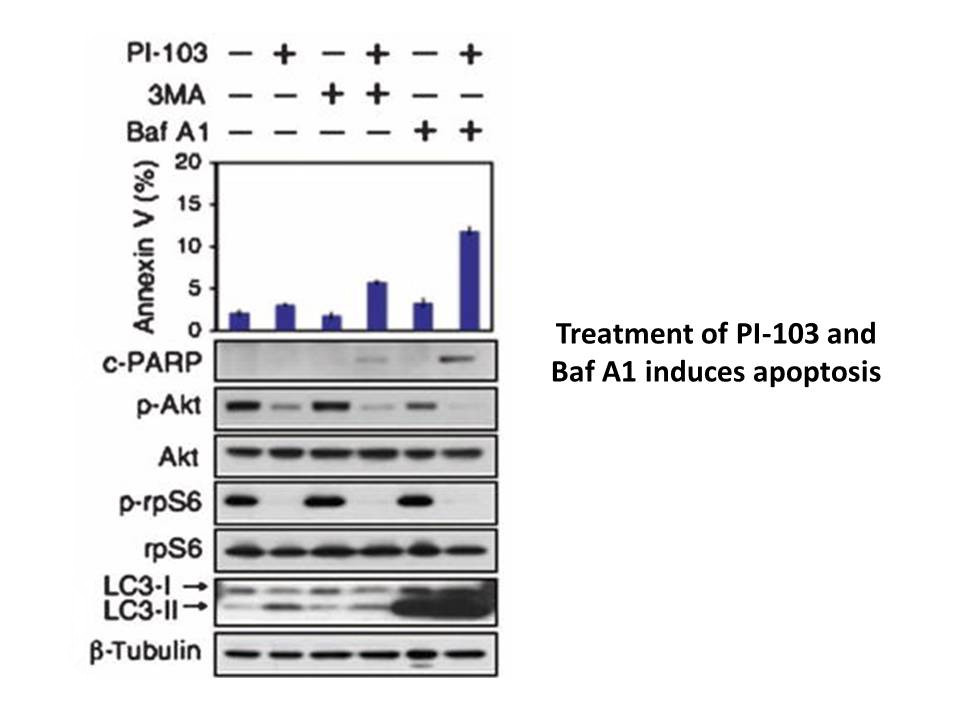
For some fishstocks landed by FMA3 ACE fishers, the designated Quota Management Area (QMA) extends beyond the geographic demarcations of FMA3.Fig. 1 shows the ten FMAs, highlighting the study area FMA3. Gurnard 3 QMA is included as an example of a QMA that muscle metabolism extends across more than
-
Given the profound expression of HT A and
2024-07-16
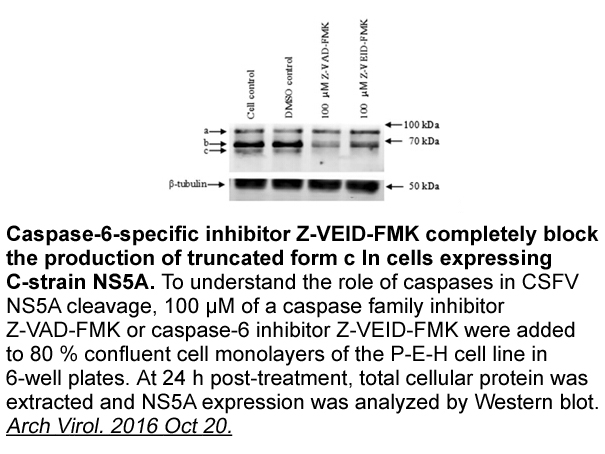
Given the profound EGTA of 5-HT1A and 5-HT2A in the hippocampal CA1 region, and their potential to complex with mGluRs, the objective of this study was to examine if sleep deprivation alters the expression of 5-HT1A and 5-HT2A receptors and determine whether potential changes are reversible post sl
-
br ARIs in the prevention of prostate cancer Prostate
2024-07-16
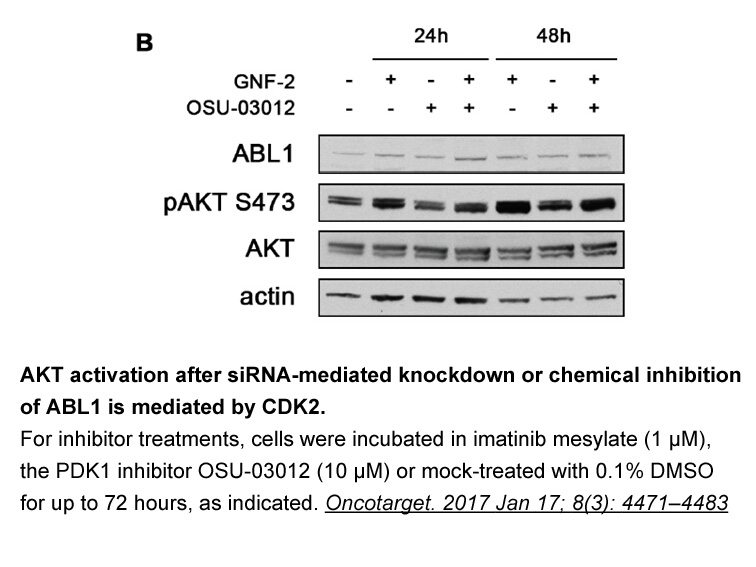
5ARIs in the prevention of prostate cancer Prostate cancer continues to be a leading cause of male deaths worldwide. In 2009, it was estimated there would be 192,280 new cases of prostate cancer with a predicted 27,360 deaths [25]. Because androgens, and specifically DHT, play a large role in bot
-
br Discussion The measurement of
2024-07-16
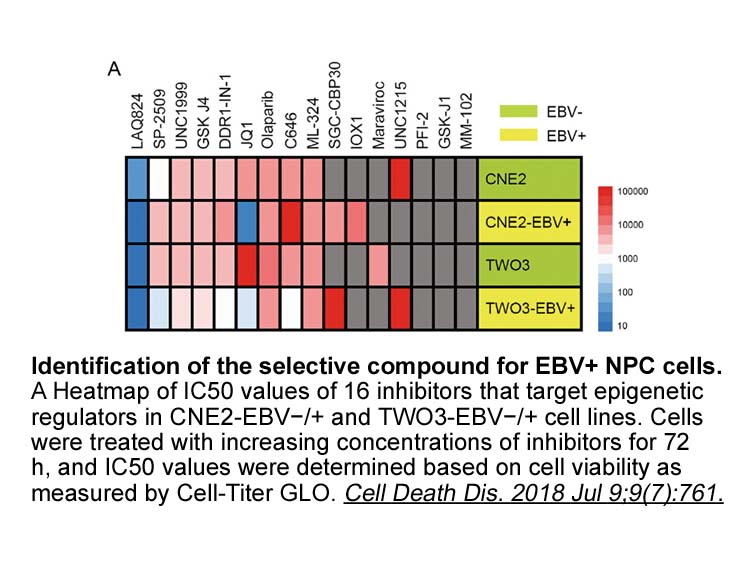
Discussion The measurement of tetraethylammonium (FSH, LH) is critical in the evaluation and assessment of 46,XX females presenting with primary amenorrhea and lack of pubertal development. A serum level of FSH higher than 40 U/L is diagnostic of ovarian failure (6), as seen in the present case.
-
Most of lipid lowering agents have many therapeutic problems
2024-07-16
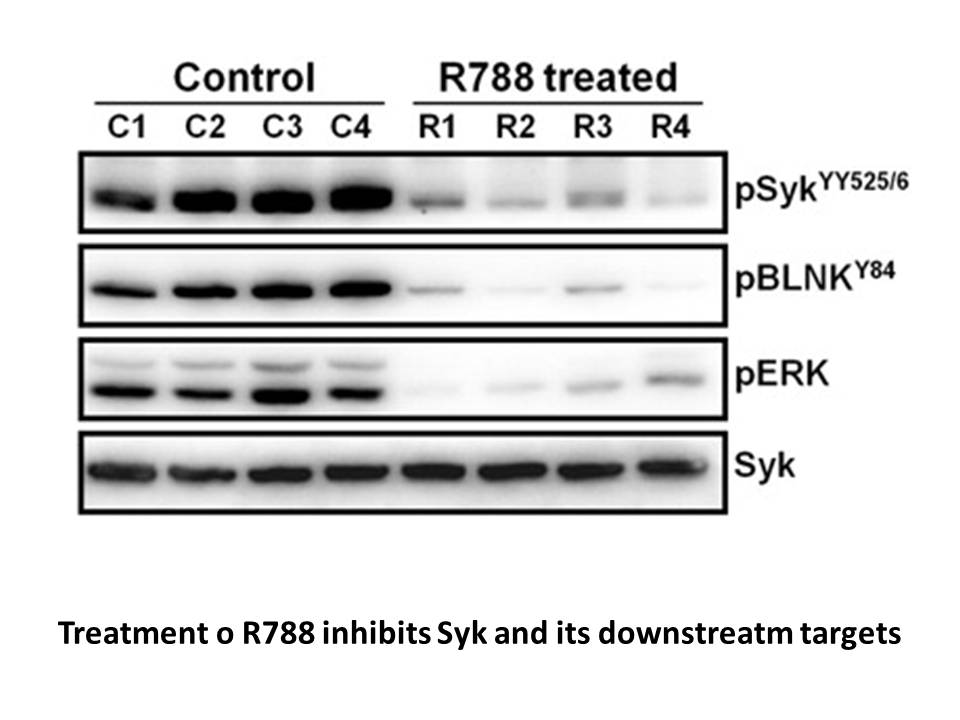
Most of lipid-lowering agents have many therapeutic problems with severe side effects, while dietary fibers as lipid lowering therapy are safer. Chitosan (CS) is a dietary fiber biodegradable, biocompatible and has many health benefits including wound healing, antiinflammatory, anti-cancers, immune-
-
To date LOX is the only LOX isoform that
2024-07-15
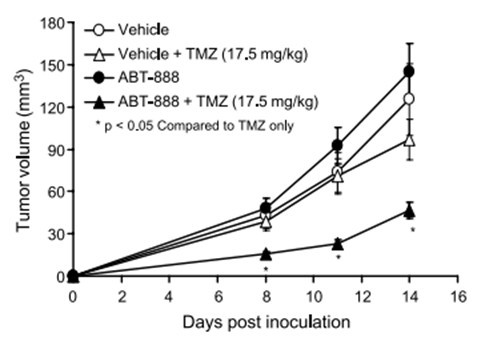
To date, 12-LOX is the only LOX isoform that has been identified in the platelet [17]. Interestingly, while 12-LOX is highly expressed (∼14000 molecules/platelet) in the platelet, 12(R)-LOX expression is absent in the hematopoietic lineage and has therefore not been reported to be expressed in plate
-
First investigation of numerous membered ether linked macroc
2024-07-15
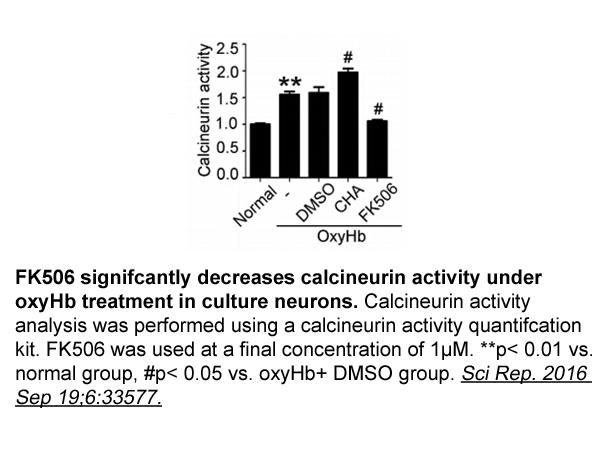
First, investigation of numerous 12-14-membered ether-linked macrocycles revealed that smaller motifs were most lipophilic efficient. Compound (3) (12-membered macrocycle) exhibited good cellular potencies (ALK IC50 = 1.0 nM; ALK-L1196 M IC50 = 20 nM) and the highest LipE (4.4) with picomolar bindin
-
Synthesis pharmacological evaluation for the
2024-07-15
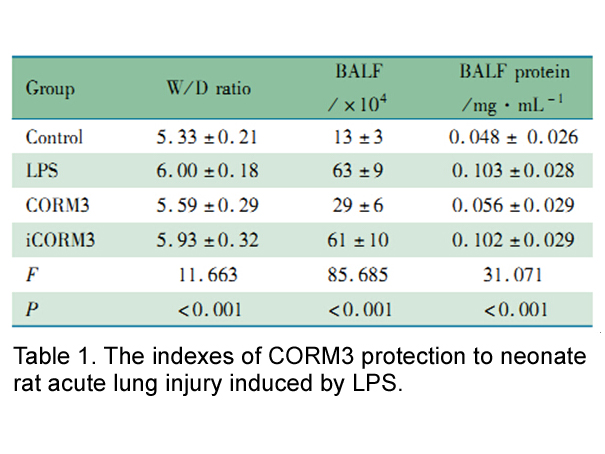
Synthesis, pharmacological evaluation for the binding at hA, hA and hA ARs, and efficacy at hA subtype of the synthesized compounds, together with the assessment of their theoretical ADME properties were the guidelines in this preliminary drug discovery investigation. The synthetic pathways which y
-
In the olfactory bulb expression was especially
2024-07-15
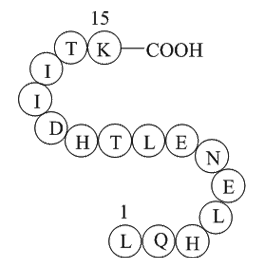
In the olfactory bulb, expression was especially prominent in the mitral cell layer from embryonic stages to adult tissues (Figs. 1D–G). By E14–E16, Ack1 signal was remarkably intense in the proliferative ventricular zone (Fig. 1D). From E18 to adult, expression was also observed in glomerular and g
-
Concerning asthma in a study evaluating the
2024-07-15
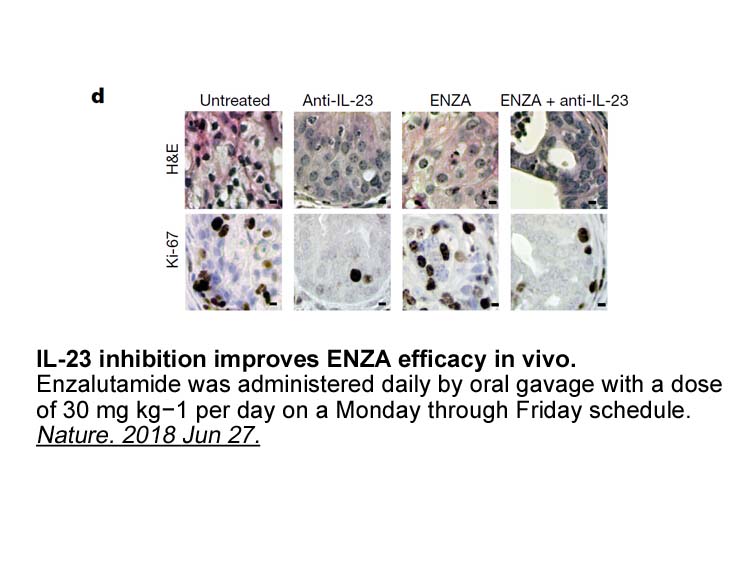
Concerning asthma, in a study evaluating the effect of tiotropium in severe asthma, the sputum eosinophil count and exhaled nitric oxide were also assessed. However, evaluation of the anti-inflammatory effect of tiotropium was difficult because these markers were low at baseline and thereafter. In a
16138 records 119/1076 page Previous Next First page 上5页 116117118119120 下5页 Last page